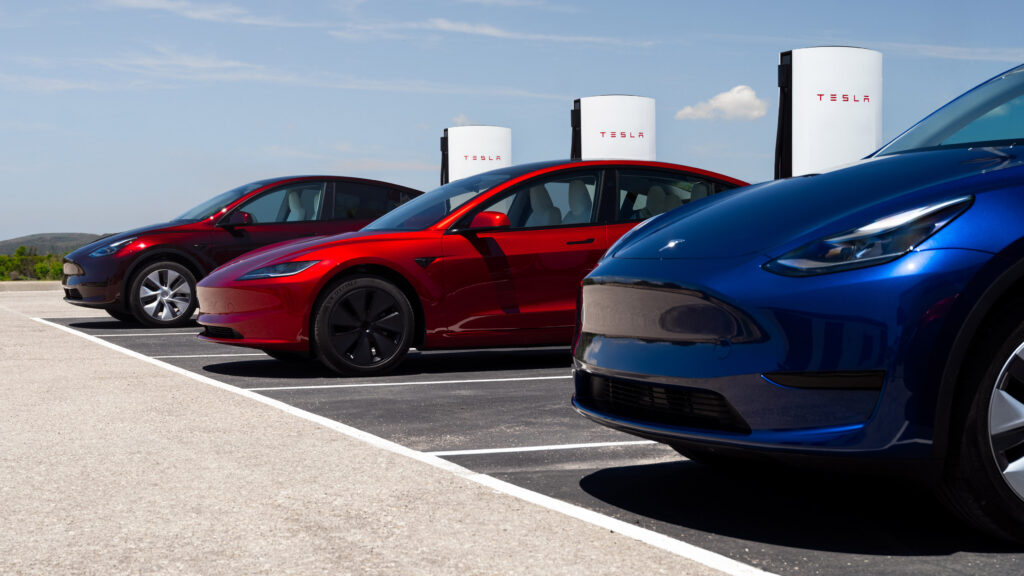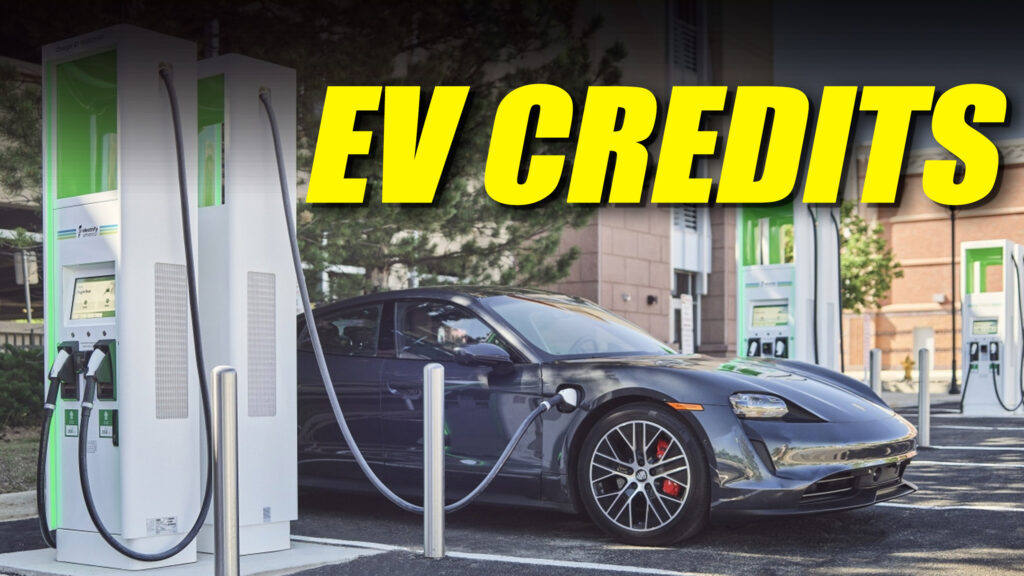- New EVs in the US are eligible for up to $7,500 in tax credits, while used EVs can get up to $4,000 in credits.
- The US has provided generous credits to roughly 300,000 EVs this year.
- The vast majority of EV buyers are having their credits transferred immediately to the dealer.
More than $2 billion worth of tax credits have been provided to buyers of electric vehicles this year in the US, most of which were cashed in at the time of purchase. While credits are great news for consumers, newly released figures do show just how much it costs the federal government and taxpayers.
Data from the U.S. Department of the Treasury and the IRS reveals that tax credits of up to $7,500 have been provided to more than 250,000 new electric vehicles since January 1, while a further 50,000 used vehicles eligible for rebates of up to $4,000 have been sold.
Read: Congrats Tax Payers, You’ve Given Away More Than $1 Billion To EV Buyers
While the US government has been offering generous tax incentives in the US for many years, it only started offering these credits at the point-of-sale earlier this year. Data reveals that 93% of new EV buyers have elected to have this credit transferred immediately to the dealer at the time of purchase, while more than 85% of used EV buyers did the same.
Under the previous system, the only way to get the $7,500 tax credit was to file a federal income tax return for the year the vehicle was delivered and put into service, meaning shoppers would have to wait a considerable time to realize the credit. Now, if the credit is transferred to the dealer at the point of sale, shoppers will either be provided the $7,500 in cash or as a reduced down payment.

“The Biden-Harris Administration’s Inflation Reduction Act is lowering upfront costs for electric and plug-in hybrid vehicles, saving Americans more than $2 billion since January,” Secretary of the Treasury Janet L. Yellen said.
“These savings are giving consumers new choices and helping automakers and dealers to attract new customers and grow their businesses. Consumers will save an average of $21,000 on fuel and maintenance over the lifetime of their vehicles and be protected from the volatility of gasoline prices.”




